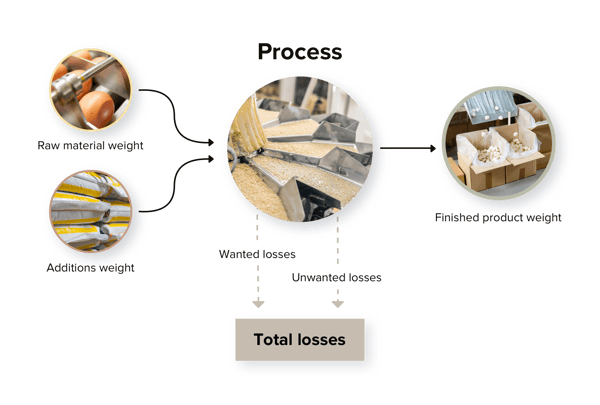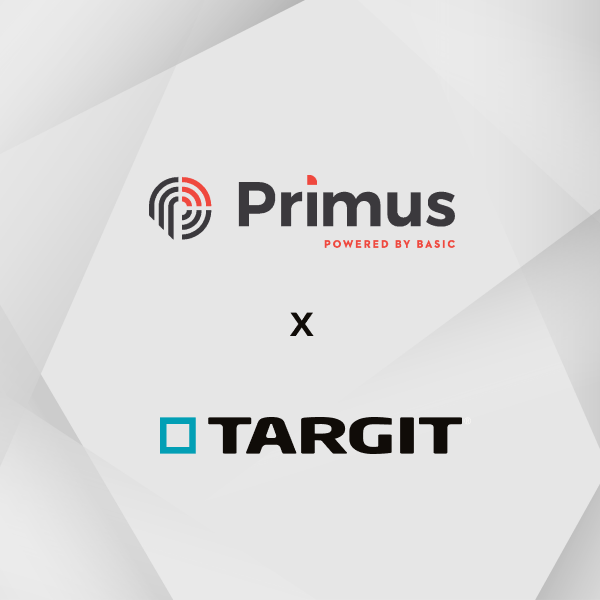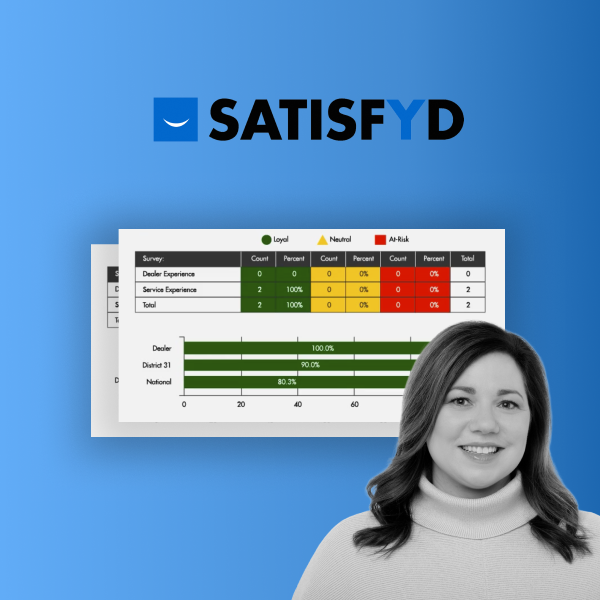A key challenge for food producers is material yield. The cost of raw materials typically ranges from 30-to 90%, averaging around 70%. The yield of the key raw materials varies even more, with many food processing plants in the 50-70% range.
The good news is that it's not uncommon to see a $4 million profit gain simply by improving material yield by 5%!
A key challenge in reducing material yield is that many unwanted losses are hidden and need to be explored and quantified to make management aware of the losses and their profit impact.
Can it even be done?
Absolutely! Experience shows that a significant percentage of waste from any food processing plant is avoidable. You need to focus on finding the root cause and minimizing losses at their source. Examples of losses include:
- Losses during size-reduction
- Losses during separation
- Quality losses
- Contamination losses
- Moisture losses
How can you minimize losses and maximize improvements? The trick is to find a good way to measure and calculate the true yield efficiency and apply a structured systematic approach to identifying and addressing root causes.
The road to improvement starts by measuring the loss at a high level, gradually increasing the focus on the most critical underlying losses. We typically set out by combining ERP data with production equipment data logging to make the first yield KPIs and visualizations. For example:
- Total yield of raw materials: Calculated as the waste weight of critical raw materials per produced output.
- Weight or volume of reused materials: Calculated as a share of the waste reused.
- Weight or fill rate per product to reduce overweight: Calculated in absolute values and as an index.
- Tracking of average weight or volume: Calculated in bulk tracking development averages.
You should apply your measures both as accumulated KPIs and visualizations for visual management boards and root cause analysis. Make sure production managers and process owners have access to the visualizations on their phones or tablets so they can track performance and intervene to avoid waste before it occurs.
Real-time follow-ups should appear on monitors and notify people by email or phone if something falls outside the expected. Ensure you have a realistic target, and you're always trying to improve year-over-year development.
How to Tackle Specific Losses
Waste is best reduced at the source – at the specific processes generating the waste. A detailed process walk-through will reveal process steps with critical waste and where attention should be given.
Make sure to measure the product mass both before and after critical processes and split the losses into wanted and unwanted losses. Wanted losses are the losses necessary to transform raw materials into final products and only include the unwanted losses in the calculation.

Food producers typically identify and eliminate waste through the below major activities:
- Adjust and fine-tune equipment – improve process control
- Eliminating machine inefficiency, involving suppliers to utilize the expertise on the equipment
- Replace outdated machinery – the waste reduction will help fund the business case
- Housekeeping
- Training and instruction of employees
- Establish internal benchmarks across production lines
As you identify and eliminate the key root causes of waste, you will see profits increase significantly. The key is to get started with the right approach to identify the biggest losses and build on the success.
Reducing waste is just one process to improve the production line and increase profits. To stabilize your production plan and take process improvements one step further, we recommend also looking at your Overall Equipment Efficiency (OEE) and seeing how you can improve it.




